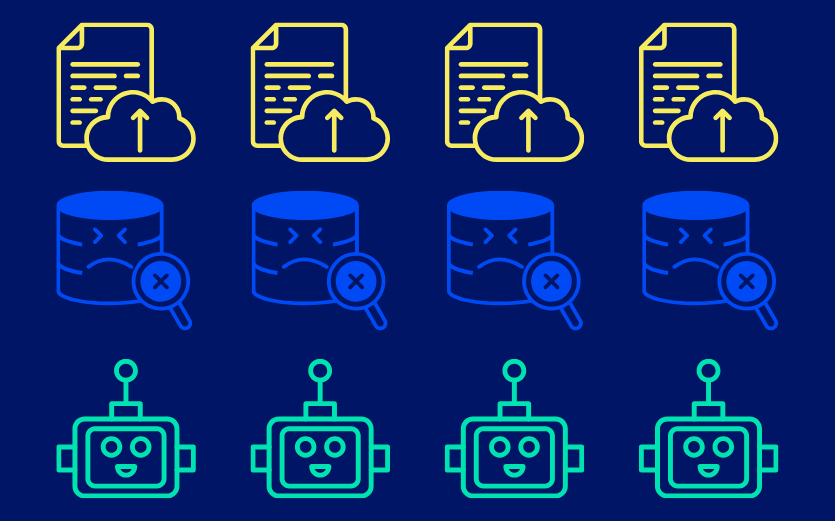How to handle missing data in Invoices with AI
Invoices are more than just records of transactions; they are the backbone of a business’s financial operations. But what happens when those invoices come riddled with missing or incomplete data?

Invoices are more than just records of transactions; they are the backbone of a business’s financial operations. But what happens when those invoices come riddled with missing or incomplete data?
Imagine an invoice with missing quantities for some product rows. What value is there in processing SKU codes, description, or date for those incomplete rows if the quantity is absent? None of this information can serve its purpose in enterprises. ERP systems, for instance, rely on complete, actionable data to manage inventory or process orders. Feeding incomplete rows into these systems leads to errors, exceptions, or outright rejection.
The result? Businesses spend unnecessary time and resources troubleshooting issues that should never have made it into the system. This is a fundamental flaw in the traditional approach to data processing: assuming that every piece of data is equally important and worth processing. In reality, missing quantities render associated data irrelevant, turning what could be useful into clutter.
Most data processing systems are designed with a "process everything" mindset. They assume that all information in a document is meaningful, even when glaring gaps undermine its utility. This approach creates a vicious cycle: irrelevant data makes its way into critical systems, only to trigger errors, inefficiencies, or costly manual intervention down the line.
For example:
Processing such incomplete data doesn’t just waste time, it undermines the entire workflow.
Rather than trying to fix or manually complete imperfect invoices, modern AI solutions offer a more elegant approach: ignore what doesn’t matter. AI-powered tools can identify rows with missing quantities and simply exclude them from the processing. This way, only relevant, actionable data makes its way into downstream systems.
By narrowing the scope of what’s processed, AI ensures that:
This isn’t about ignoring problems; it’s about focusing on what truly matters. If a product row is incomplete, it’s better to leave it out entirely than to introduce errors into a system designed for precision.
The ability of AI to distinguish between actionable and irrelevant data marks a shift in how businesses handle imperfect documents. This isn’t just about automating processes; it’s about challenging outdated assumptions. Data doesn’t need to be perfect, it just needs to be useful and simple enough for ERP systems to understand.
By prioritizing relevance, AI tools:
When businesses adopt smarter tools that focus on actionable data, they unlock efficiencies across operations. Processes become smoother, errors decline, and teams are freed to concentrate on tasks that add real value.
So, the next time an incomplete invoice lands in your inbox, don’t treat it as a frustrating outlier. With the right AI-powered tools, you can process only the data that matters, ensuring your ERP, RPA, and other systems operate with precision. In the world of modern business, success isn’t about processing everything; it’s about processing the right things, the right way.
Subscribe to our newsletter, and we will send AI automation insights like this straight to your inbox on a regular basis.